FDA
FDA 21 CFR 1040.10 - Laser Product Performance Standards
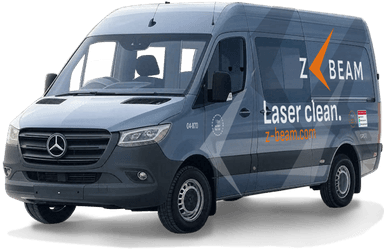
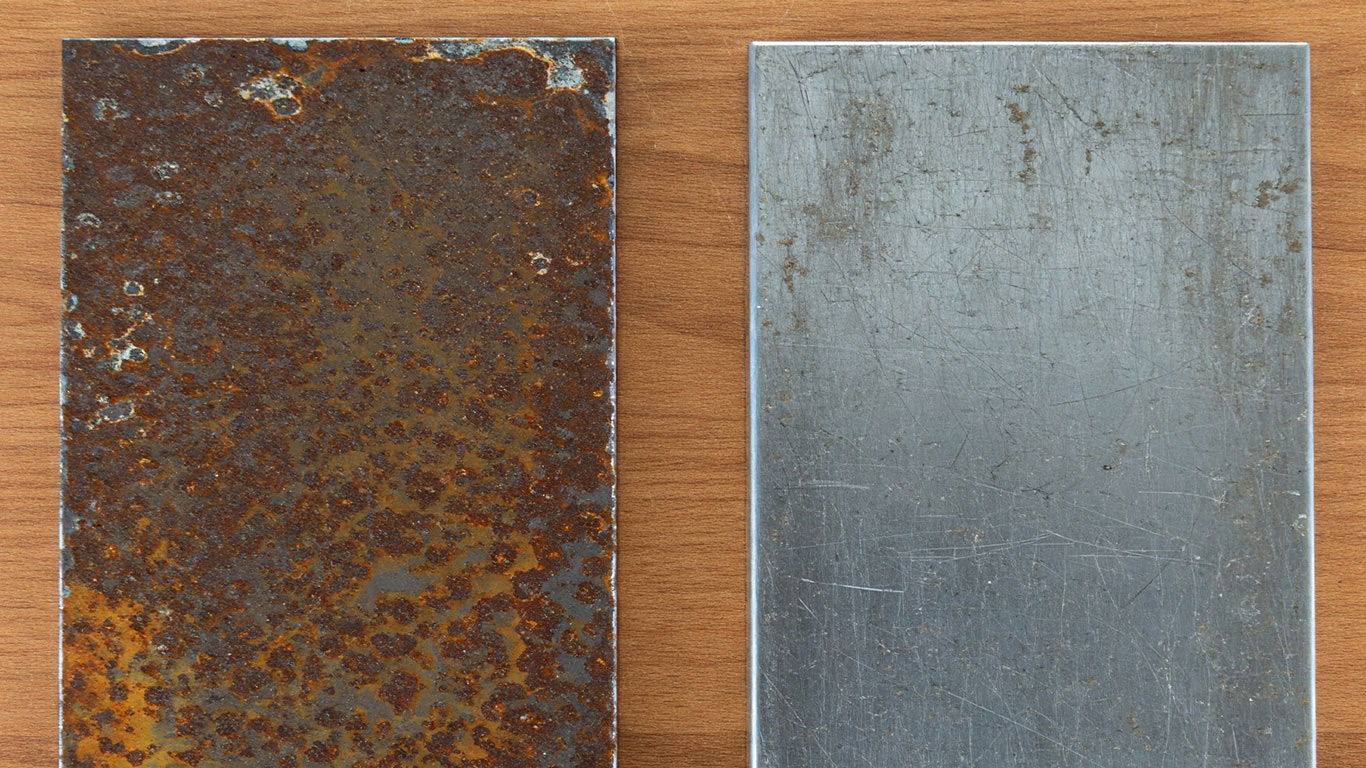

When laser cleaning cobalt, begin with lower power settings to account for its strong heat resistance—stronger than softer metals like nickel—but monitor for surface oxidation that may build up midway through passes to ensure a clean, durable finish.
At 1000x magnification, the cobalt surface bristles with jagged contaminants that scatter light unevenly. I've seen how these dark flecks and rough patches cling tightly, hiding the metal's base texture. This buildup creates a chaotic, obscured view that blocks clear observation.
After laser treatment at the same scale, the cobalt surface lies flat and reflective without any clinging debris. The once-jagged areas now form smooth, uninterrupted planes that catch light consistently. This cleaned state reveals the metal's inherent

FDA 21 CFR 1040.10 - Laser Product Performance Standards
ANSI Z136.1 - Safe Use of Lasers
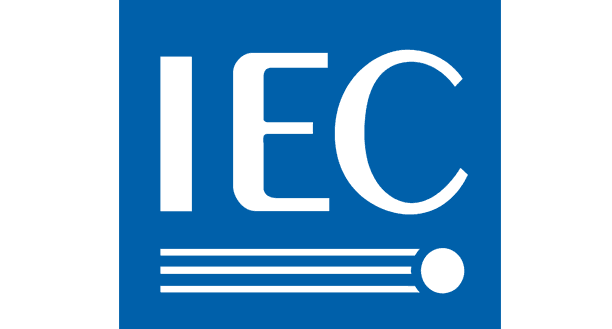
IEC 60825 - Safety of Laser Products

OSHA 29 CFR 1926.95 - Personal Protective Equipment